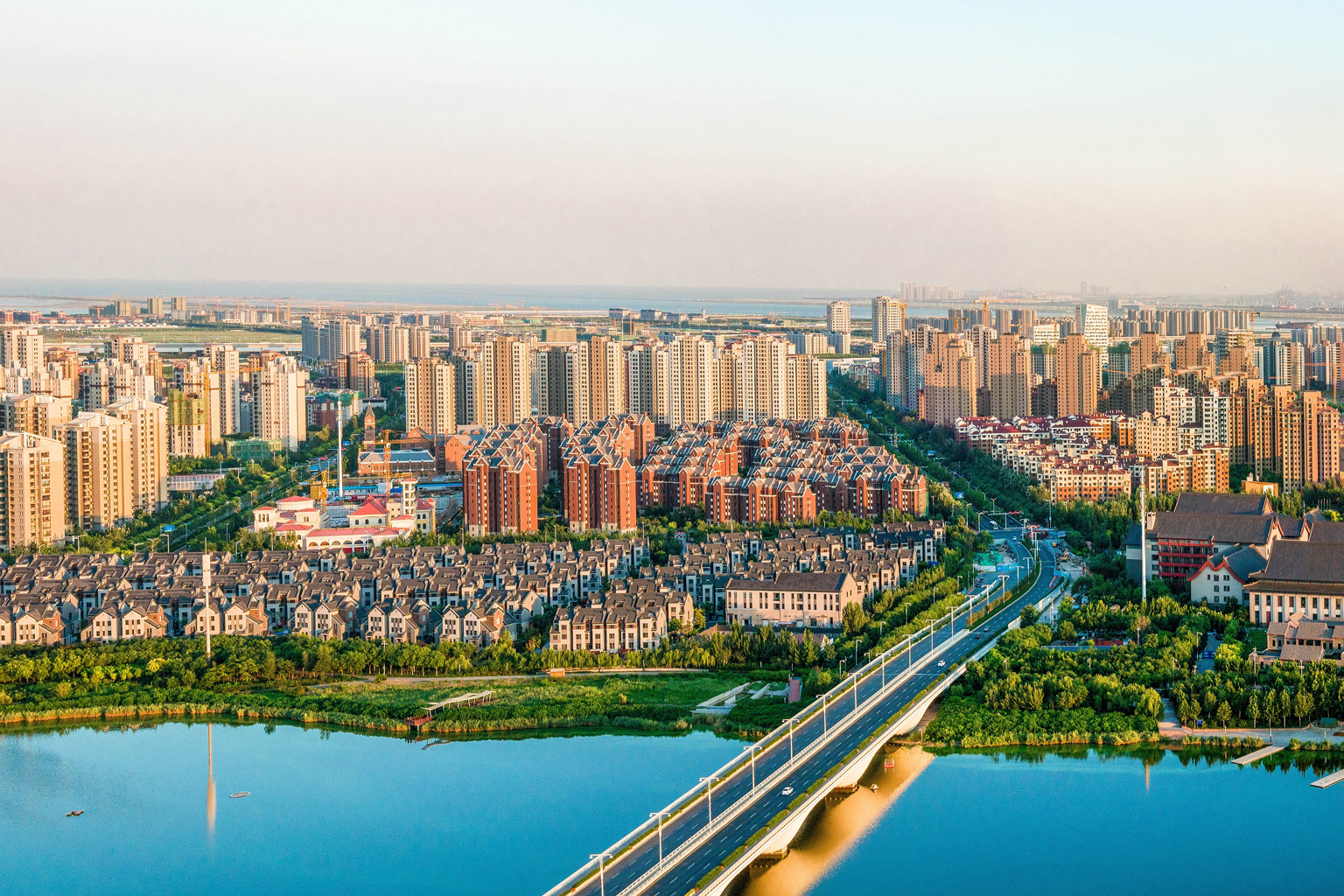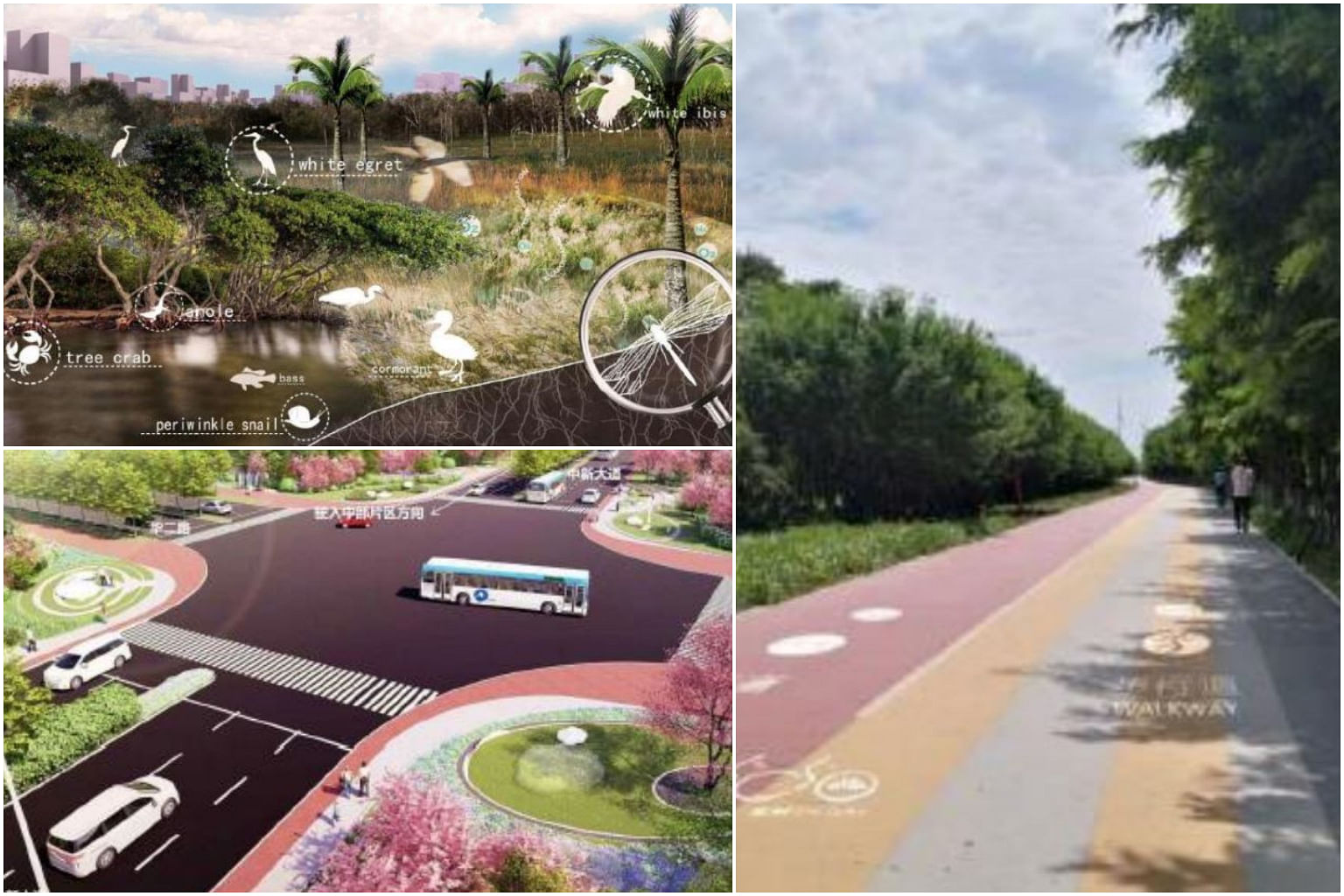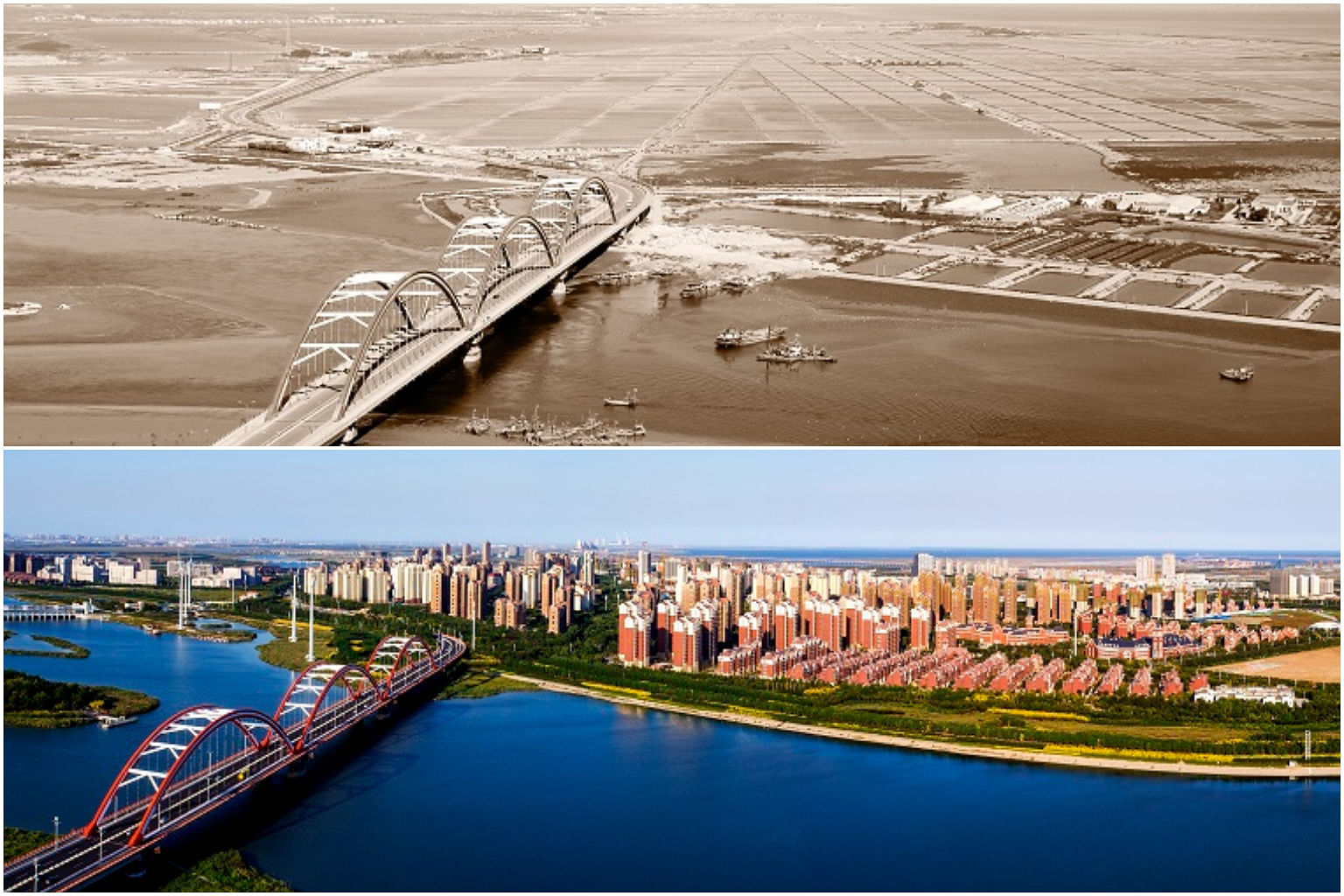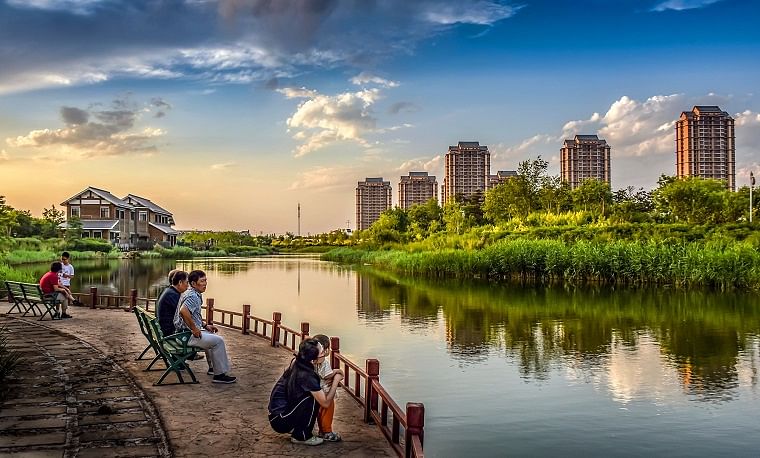S'pore, China to make Tianjin Eco-City more sustainable, digitally connected
Sign up now: Get insights on Asia's fast-moving developments

More greenery will be weaved into the eco-city's built environment to bring nature even closer to its residents and visitors.
PHOTO: SINO-SINGAPORE TIANJIN ECO-CITY INVESTMENT AND DEVELOPMENT
Follow topic:
SINGAPORE - The Sino-Singapore Tianjin Eco-City will become more sustainable and smarter in its next phase of development, featuring lush greenery, a park connector network, and digitally connected communities.
This was agreed in a memorandum of understanding (MOU) signed by Singapore's National Parks Board and China's Tianjin Eco-City Administrative Committee at the 13th Sino-Singapore Tianjin Eco-City Joint Steering Council Meeting on Wednesday (Dec 29).
Under the agreement, more greenery will be weaved into the eco-city's built environment to bring nature even closer to its residents and visitors.
Both sides will jointly plan, design and develop features including a 27-hectare Green Belt, an 18km park connector network linking green spaces around the city, and pocket parks at street corners in its central area.
They will also expand efforts in developing smart technologies and low-carbon living in the city.

In Keppel Land's residential developments there, smart technology applications in homes and estates will increase convenience for its residents and help improve their access to public amenities and community services.
For instance, a digital platform will connect volunteers in the community to elderly or disabled residents, allowing them to indicate their different needs, such as for repair works, hairdressing or buying groceries.
The platform also tracks and measures the impact of volunteer programmes in the city, which can help improve other similar programmes in the future.
In commercial developments, Keppel Land has opened Seasons City, a smart, low-carbon mall featuring a cloud-based platform that offers personalised shopping services and smart parking functions.
The mall uses energy-saving technologies such as energy-efficient lighting designs and ventilation systems, as well as a solar hot-water system to harness solar energy, among other features.
"Singapore and China have been working together to push the boundaries of sustainability solutions through the Eco-City project. We have made good progress," Minister for National Development Desmond Lee said at the signing of the MOU.
Mr Lee lauded the project's successful transformation of the area "from a barren land to a thriving eco-city" since its inception 13 years ago.
"The Eco-City's experience is now even more relevant given the global commitment to reduce carbon emissions," he added.


In previous innovative developments under the project, a polluted wastewater pond at the heart of the city was rehabilitated.
Renamed the Jing Lake, it is now compliant with China's national environmental standards and inspected regularly.
The Jing Lake rehabilitation method has since received several accolades in China and replicated in other parts of the country.
In 2017, the eco-city became a pilot programme for the International Organisation for Standardisation (ISO) standards for the management and implementation of sustainable cities and communities.

